The Nikon F5, at first glance you might mistake it for a digital SLR. I certainly have been asked ‘what sensor is in that camera’ and depending on my mood and my general view of the person asking I might reply with something a little more sarcastic, other times a simple response is “oh a 36x24mm or full-frame as it’s called in digital photography.” The F5 was my second grail camera after switching over to a Nikon system from Minolta, in fact, I picked up the battery grip for the F80 to make it look like an F5 because at the time the F5 was still an expensive camera in 2009, having been out of production for around five years. But I waited for nearly a decade and watched the price drop until it reached a reasonable price before pulling the trigger, and I’m glad I did. The F5 is a pleasure to work with and use, and worth every dollar I spent, it has become a camera that has seen weddings and war, snow and rain, and everything in between.

The Dirt
Make: Nikon
Model: F5
Type: Single Lens Reflex
Format: 135 (35mm), 36x24mm
Lens: Interchangeable, Nikon F-Mount
Shutter: Lithium niobate oscillator controlled vertical focal-plane shutter, 30″ – 1/8000″ + Bulb
Autofocus: Nikon Multi-CAM1300, five focus points
Exposure Meter: Nikon 3D Colour Matrix Meter, EV0 ~ EV20 @ ASA-100, ASA-6 – ASA-6400
Year of Manufacture: 1996-2004
Isometric View Coming Soon
Background
The Nikon F5 is the penultimate result of a long line of professional 35mm SLRs from Nikon, and the final that Nikon marketed towards professional photographers before the rise of digital in the professional market. Nikon first introduced the idea of a professional system SLR in 1959 with the release of the Nikon F, the F hit the market running. In addition to the camera, itself based on a Nikon rangefinder, came the new bayonet lens mount, the F-Mount and a good catalogue of lenses, plus tonnes of metering options, motor drives, battery packs, other accessories, and a 100-Shot magazine. While far from perfect, the Nikon F proved popular enough that Nikon released a follow-up, the F2 in 1971. The F2 fixed most of the issues that photographers had with the original F, including a standard hinged door for film loading and a battery compartment on the camera’s bottom. Again, Nikon updated all the normal accessories but allowed the lenses to remain compatible, and even with the new AI update to the F-Mount came, even these lenses retained the physical coupling claw to the camera meter. The F2 also included Nikon’s first attempt at semi-automatic exposure metering. But as the decade turned, electronics were becoming more common in cameras so when Nikon started work on their next entry, their new aperture priority metering would be a must. Thankfully they had already worked on methods with the Nikkormat EL, EL2 and FE, but they also lacked good industrial design. For that, they turned to noted Italian designer, Giorgetto Giugiaro. Giugiaro turned out a sleek all-black design with a high prism finder and even a red racing stripe on the handgrip, the Nikon F3 hit the shelves in 1980 and certainly turned heads. While many took to the F3, others panned the camera because of its reliance on batteries to drive the shutter. Either way, the F3 became a popular and long-lasting camera production only ended in 2000 (four years before the F5). Like the previous two models, the F3 came with all the accessories a new MD-4 motor drive, new flashes, a fast shutter, and a 100-shot magazine. The F3 became a testbed for Nikon’s early experiments in producing an autofocus SLR and even Kodak used the F3 for their first digital SLR the DCS-100. While the F3AF went nowhere, Nikon was already hard at work after Minolta released the Maxxum 7000 in 1985. Nikon, taking their lessons from their first successful autofocus SLR, the F-501 and their experimentation in matrix metering from the FA and combined everything into 1988’s Nikon F4. If the F3 had turned heads, Giugiaro’s space-age F4 became known as one of Nikon’s best-looking cameras, ergonomic, and easy to use. The F4 was the best of both worlds, accepting every Nikon lens to that point (and some even beyond). The F4 was at home with both autofocus and manual focus lenses plus all the knobs and dials controlling the camera’s functions made the camera the last manual Nikon camera. While you could still customise the F4, the integrated motor drive was dependent on the battery grip you had installed, and everything was hot-swappable. While I’m unclear on when the development of the F5 started, there’s a good chance it started in the early to middle of the 1990s, and it continued certain design elements from the F4, but turned everything upside down. The Canon EOS and Minolta Maxxum cameras had already done away with most of the traditional knobs and dials and when the Nikon F5 hit shelves in 1998, they followed that trend. Everything on the F5 was controlled through buttons and a pair of command dials. But Nikon also included some new technologies, a self-adjusting shutter curtain, a new 3D Colour matrix metering system, fast autofocus with a five-point auto-detection system and the ability to use the new Type-G lenses, that did away with the traditional aperture ring. Despite this, Nikon did away with the ability to remove the battery grip and did not include a 250-Shot magazine option. The 3D Colour Matrix metering could only be accessed by using either the stock DP-30 and DA-30 finders, the other two finders both waist-level (DW-30 and DW-31) were again limited to centre-weighted and spot. The F5 could accept two new databacks, the MF-27 that allowed for imprinting exposure details into the frame spaces and the more advanced MF-28 that allowed for 9-frame bracketing, interval shooting and up to 1,000 hour exposure times. The foundations of the F5 would go on to inspire and build the first professional digital SLR from Nikon the D1 and the same style continues today with the D5. While Nikon would replace the F5 with the F6 in 2006, the F6 was aimed more at film photographers, rather than professionals.
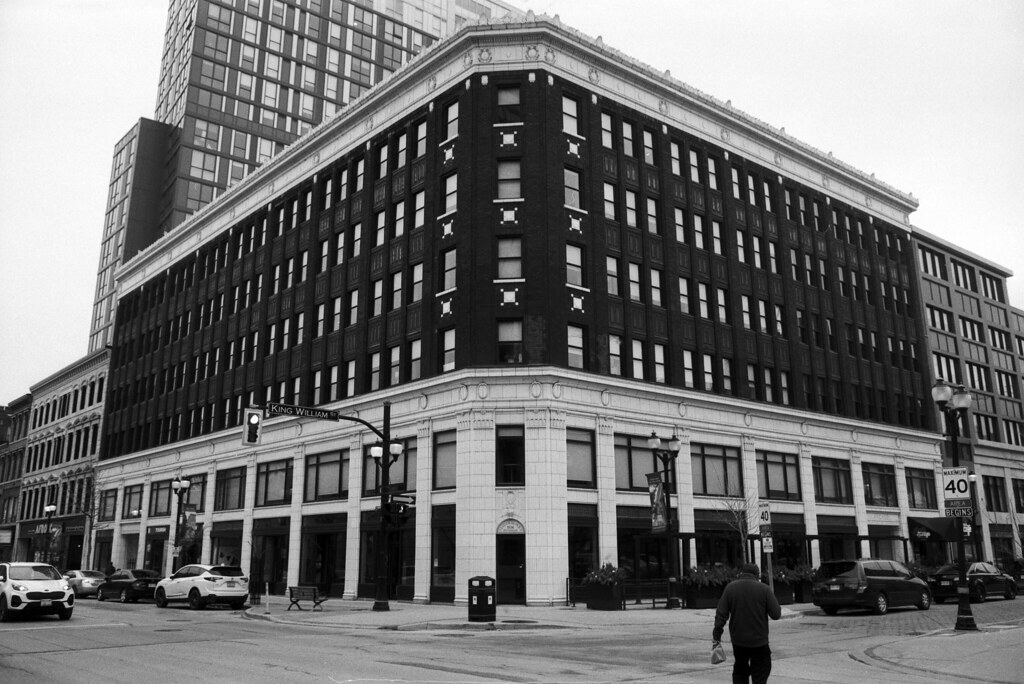


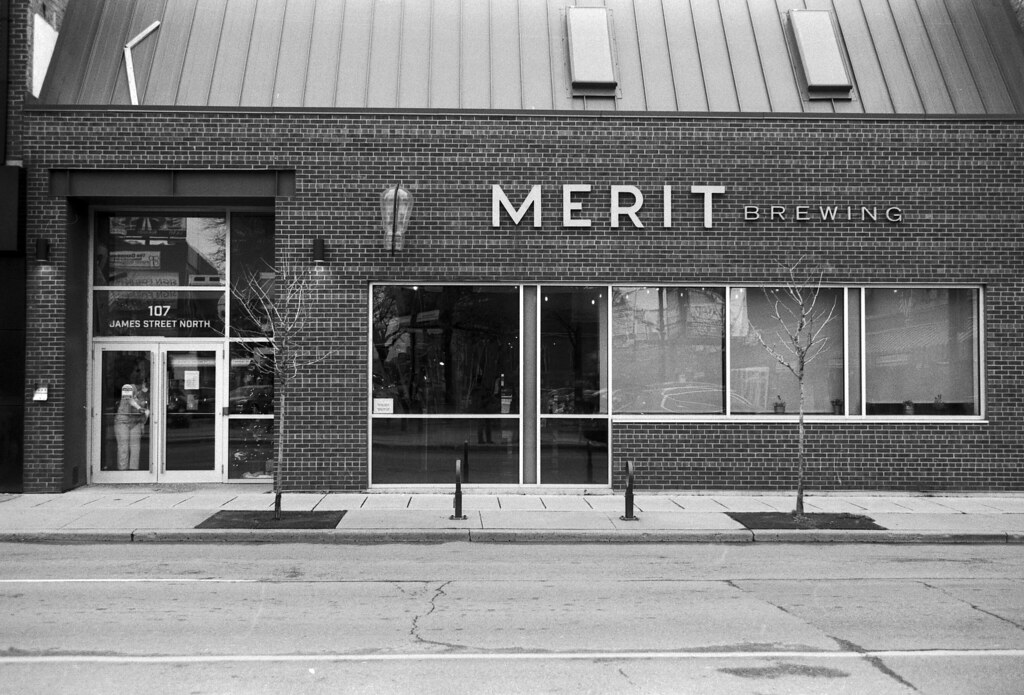
Impressions
I’m not going to lie the F5 is a big camera and hefty. But for a camera that abandoned the knobs and dials of the previous version, it is surprisingly easy to use and operate. As soon as you pick up the camera, you have your shutter control, function control and a pair of command dials right at your fingertips. That said, switching through the PSAM modes requires two hands, so I tend to pick the appropriate mode and just run with it. But in any of the semi-automatic and manual modes, the pair of command dials makes life and operation easy. Turning the camera on and off is done through a locked switch around the shutter button, and in low-light operation, the screens light up a blue colour which makes it easier to see than just a simple green. But where the F5 shines is in the viewfinder, the DP-30 offers a bright nearly 100% coverage with similarly backlit screens that work great in any lighting conditions. Another item I like is the retention of the manual rewind knob, which still requires a single button be pushed, a second trigger is there for automatic rewind. The manual function allows you to leave a tail out, as no custom setting exists to auto rewind with the tail out. And herein lies my one beef with the F5, accessing some of the custom functions and even manually adjusting the ISO requires you to flip down a little door on the ‘grip’ and then press the small button and dial it in. It’s not super obvious and can get a little frustrating, at least when you flip down the door it stays down.
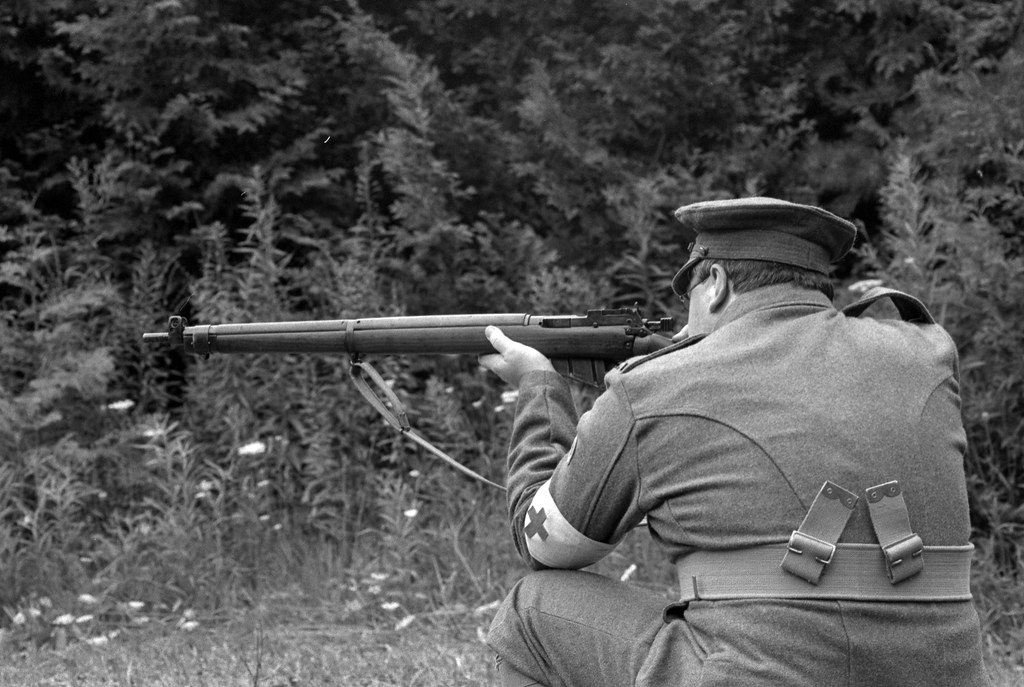

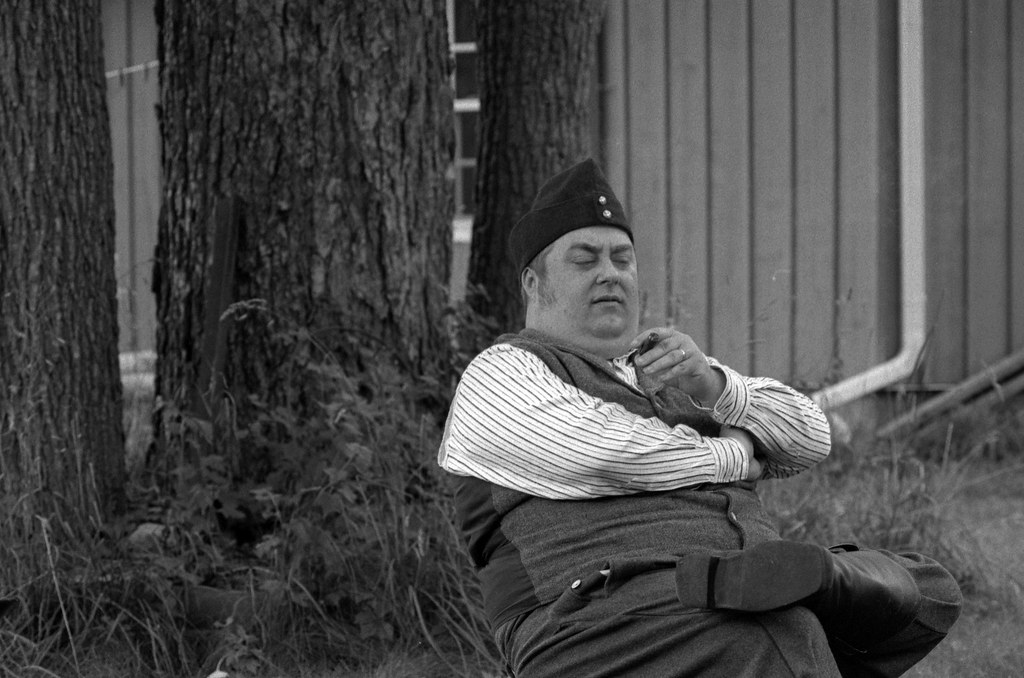
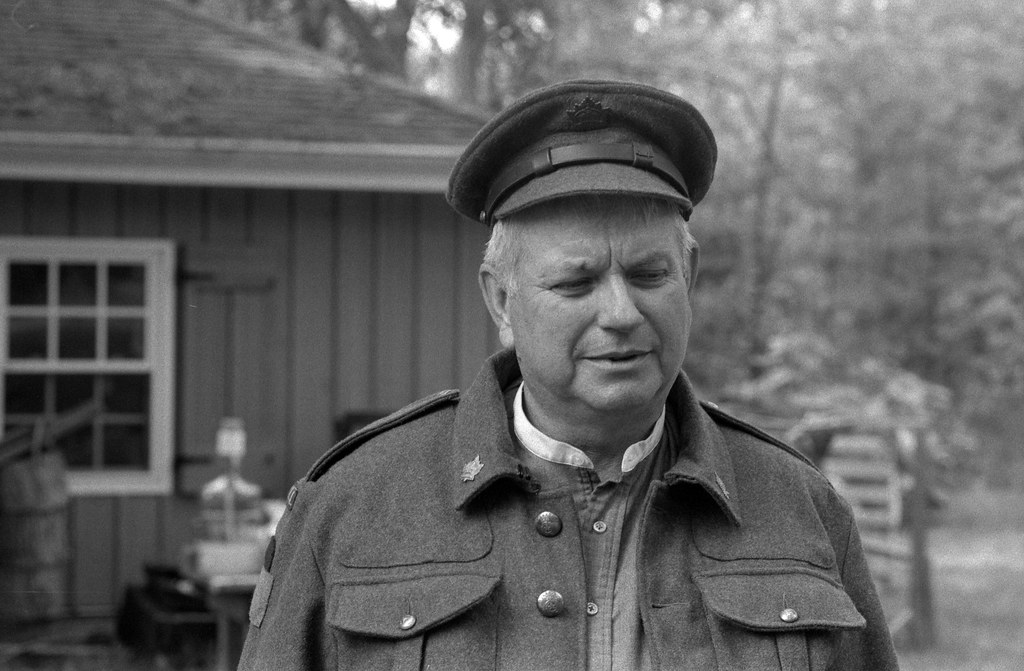
Experience
Get a good strap; if you’re going to be running with the camera for a whole day or extended period, it makes the experience all the better. Despite some of the weird hops through menus, all you need for running the camera is right there. Not to mention the camera is a joy to use, the shutter is quick, the trigger is sensitive, and the sound is excellent. However, the vertical trigger is a bit awkward due to where it’s placed on the body it’s a little too high, now that I’m used to the lower placement on the Maxxum 9’s grip. But what makes the F5 stand out in my mind is the auto-focus speed and the metering. The AF on the F5 is fast, even with older D-Type lenses, and the AF sensor is pretty accurate, and it is easy to allow for the selection of focus points. However, if I’m doing continuous focus tracking, I want an AF-S lens, which is so much faster due to the internal focus motor. Now the 3D Colour Matrix meter is one of the best I’ve ever encountered, and Nikon still uses it today in digital cameras, it never misses a beat even in the weirdest lighting conditions which I’ve taken the camera in such as abandoned buildings or battlefields.


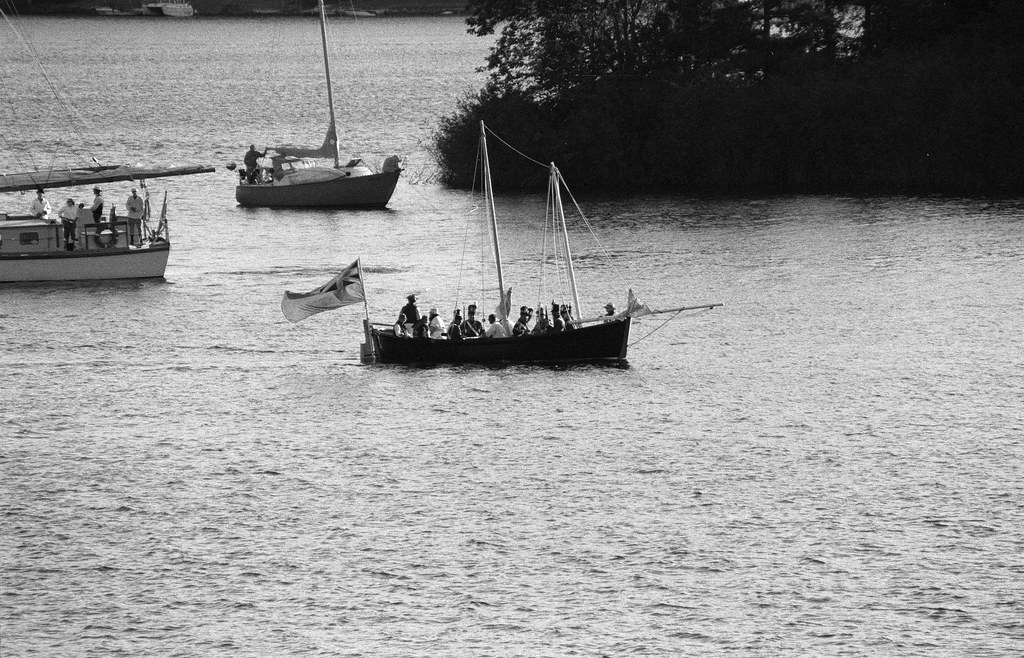

Optics
As I mentioned earlier the F5 marked a change in Nikon’s view of lenses, in the past all cameras since the Nikon F could mount and operate the pre-ai lenses, and the F4 was the last camera to be fully compatible with the pre-AI lenses complete with matrix metering. Nikon decided that they would look forward with the F5, pre-ai lenses were no longer compatible with the F5, but a photographer could get their mount modified to allow for limited use of pre-ai glass with stopped-down metering and use of only centre-weighted and spot metering. AI and AI-S lenses mounted and allowed for open-aperture TTL metering, but again you are limited to centre-weighted and spot metering. That said, modern lenses from Nikon work seamlessly with the F5, starting with the D-Type lenses the F5 retains the internal AF motor drive and coupling, just make sure to set the Aperture ring to the smallest setting and lock it in place, you will control the aperture from the camera body, even older G-Type glass will function. Now you aren’t limited to these, modern AF-S lenses function, I regularly use the AF-S Nikkor 70-200 f/2.8G and AF-S Nikkor 14-24mm f/2.8G with the F5, and the camera will take advantage of any vibration reduction (VR) functionality on the lens.
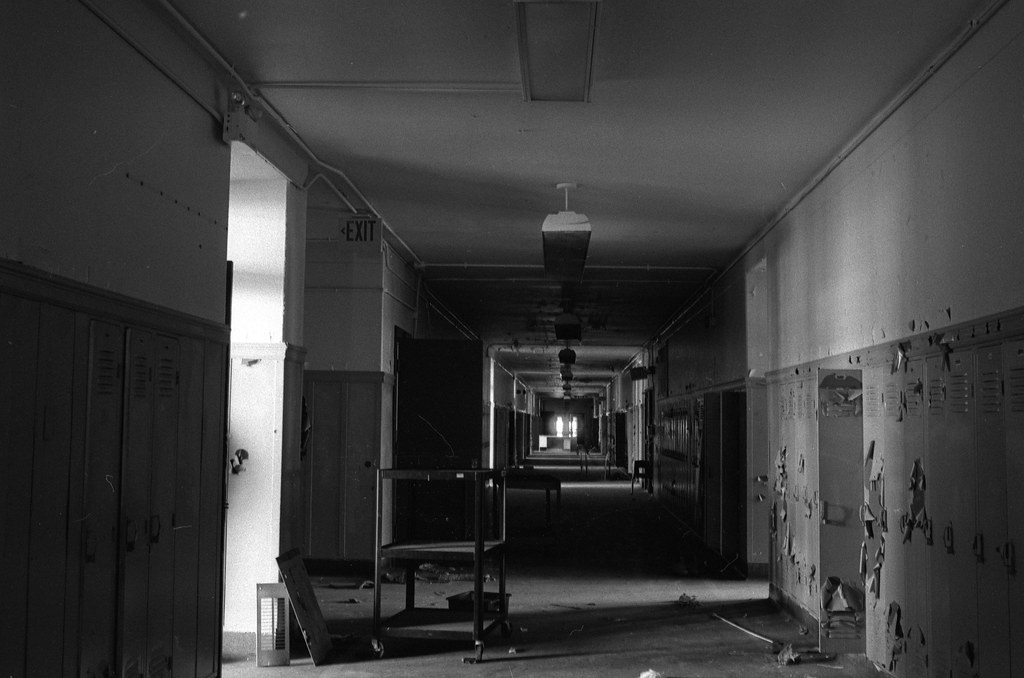



Lowdown
If you’re a fan of professional Nikon cameras and want something to up, your pro-film game then the F5 is certainly a camera worth your time. If you’re already a Nikon digital shooter and have a wealth of modern glass, the F5 is certainly a camera that is worth getting if you’re looking on getting into film photography. And these days the Nikon F5 is an under 300$ camera on the used market, which is down even more from when I bought mine. That said, some of the advanced data backs like the MF-28 will run you the same price as a camera body, so if you want one get one already mounted on the camera. And to make the camera even sweeter it can operate for a long time using AA batteries only, no special batteries are needed here. It also means that no matter where you are, you get power, even from a gas station somewhere in Northern Ontario. I was in the middle of photographing a War of 1812 reenactment and I popped into a grocery store and got batteries, loaded and went right back out to shooting. And while I know have a Maxxum 9, the F5 remains a companion especially if I’m working at paid jobs, or even photo walks where the weather is going to get nasty. F5 is a camera that is designed to work.
Video Review Comming – Summer 2022
Further Reading
Don’t just take my word on the Nikon F5, check out these other reviews by some awesome camera reviewers!
Japan Camera Hunter – The Wonderful F5
Film Bodies – Nikon F5 Review
Jake Horn – Nikon F5 Review
Mr Leica – Nikon F5 Review
2 Comments